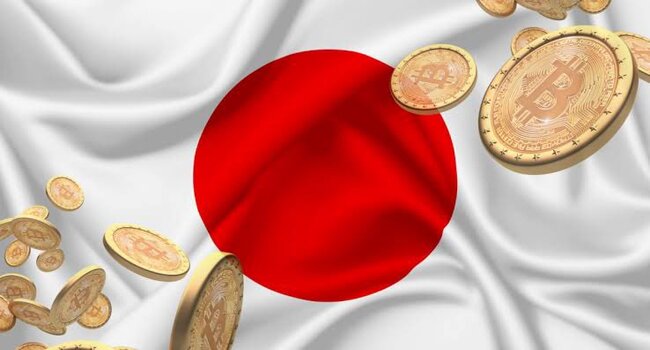The GBP/USD pair kicks off the new week on a slightly positive note and holds steady above the 1.3300 round figure during the Asian session, though it lacks follow-through buying. Moreover, the fundamental backdrop suggests that the path of least resistance for spot prices remains to the downside and backs the case for an extension of a six-day-old downtrend.
The British Pound (GBP) continues with its relative underperformance amid firming expectations for further easing by the Bank of England (BoE), which, in turn, is seen acting as a headwind for the GBP/USD pair. Traders are pricing in a 40% chance of a 25-basis-point (bps) rate reduction by the BoE in November, and 65 bps of cuts by the year-end. The bets were reaffirmed by unexpectedly steady inflation data released last week and some signs of cooling in the UK jobs market.
Moreover, worries about the UK’s fiscal outlook ahead of the crucial Autumn budget in November might contribute to capping the GBP/USD pair. The US Dollar (USD), on the other hand, struggles to build on Friday’s bounce from a one-week low touched in reaction to softer US consumer inflation figures amid bets that the US Federal Reserve (Fed) will cut rates two more times this year. Apart from this, concerns about a prolonged US government shutdown undermine the Greenback.
Traders, however, might refrain from positioning for a firm near-term direction and opt to wait for the outcome of a two-day FOMC policy meeting on Wednesday. The market focus will then shift to the crucial Trump-Xi meeting later this week. Adding to this, the release of the US Personal Consumption Expenditure (PCE) Price Index on Friday will play a key role in influencing the near-term USD price dynamics and providing some meaningful impetus to the GBP/USD pair.
Pound Sterling FAQs
The Pound Sterling (GBP) is the oldest currency in the world (886 AD) and the official currency of the United Kingdom. It is the fourth most traded unit for foreign exchange (FX) in the world, accounting for 12% of all transactions, averaging $630 billion a day, according to 2022 data.
Its key trading pairs are GBP/USD, also known as ‘Cable’, which accounts for 11% of FX, GBP/JPY, or the ‘Dragon’ as it is known by traders (3%), and EUR/GBP (2%). The Pound Sterling is issued by the Bank of England (BoE).
The single most important factor influencing the value of the Pound Sterling is monetary policy decided by the Bank of England. The BoE bases its decisions on whether it has achieved its primary goal of “price stability” – a steady inflation rate of around 2%. Its primary tool for achieving this is the adjustment of interest rates.
When inflation is too high, the BoE will try to rein it in by raising interest rates, making it more expensive for people and businesses to access credit. This is generally positive for GBP, as higher interest rates make the UK a more attractive place for global investors to park their money.
When inflation falls too low it is a sign economic growth is slowing. In this scenario, the BoE will consider lowering interest rates to cheapen credit so businesses will borrow more to invest in growth-generating projects.
Data releases gauge the health of the economy and can impact the value of the Pound Sterling. Indicators such as GDP, Manufacturing and Services PMIs, and employment can all influence the direction of the GBP.
A strong economy is good for Sterling. Not only does it attract more foreign investment but it may encourage the BoE to put up interest rates, which will directly strengthen GBP. Otherwise, if economic data is weak, the Pound Sterling is likely to fall.
Another significant data release for the Pound Sterling is the Trade Balance. This indicator measures the difference between what a country earns from its exports and what it spends on imports over a given period.
If a country produces highly sought-after exports, its currency will benefit purely from the extra demand created from foreign buyers seeking to purchase these goods. Therefore, a positive net Trade Balance strengthens a currency and vice versa for a negative balance.
Source: https://www.fxstreet.com/news/gbp-usd-trades-with-positive-bias-above-13300-amid-softer-usd-upside-seems-limited-202510270059


